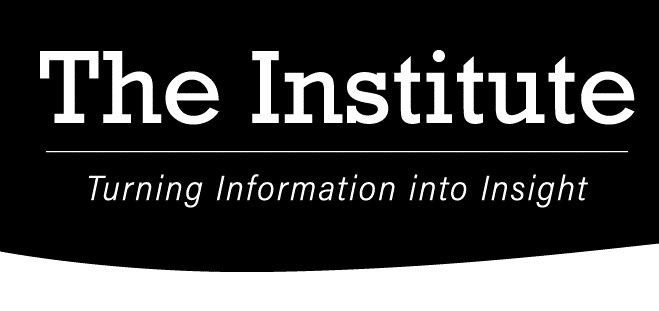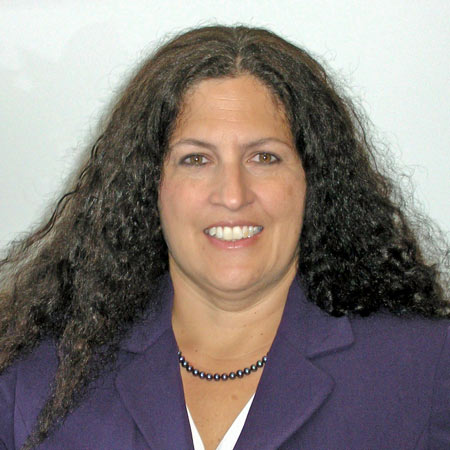Background
The Anchor Economy Initiative at the Federal Reserve Bank of Philadelphia (FRB) explores how anchor institutions sustain jobs, drive economic growth, and support equitable regional development in numerous regions across the country. Anchor institutions are large, public-serving organizations, such as hospitals and colleges or universities, which provide jobs and services. Furthermore, they support local economic activity.
In spring 2023, the Philadelphia Federal Reserve Bank released an RFP to solicit proposals for regions and organizations to participate in the Economic Mobility Project’s Research in Action Lab for Equity in Anchors. NEPA and Atlantic County, New Jersey, were two locations in three states that were awarded the RFP.
Northeastern Pennsylvania is a fitting candidate for the Anchors for Equity Research in Action Lab because the region is seeing a structural mismatch in employment. Additionally, there are many barriers preventing workers from maintaining their employment, including transportation, access to childcare, and poverty. Furthermore, social equity issues are prevalent in the region. Social equity can be described as vulnerable populations being unable to enjoy the standards that are readily accessible to others. Lack of understanding, access, and trust are keeping many individuals in the region out of education and the workforce. To address these challenges, an innovative approach, like the Anchors for Equity Research in Action Lab, was required. This initiative has the potential to prepare a workforce pipeline, retain talent, and provide an attraction strategy for the region.
Northeastern Pennsylvania was found to be a suitable candidate for the Anchors for Equity Research in Action Lab because it is in a good position to take full advantage of the initiative, as it is home to 13 higher education institutions and five major healthcare systems. Furthermore, education and health care are the largest employment sectors. For example, hospitals alone employ nearly 9,100 people with labor income of $655 million and output at $1.4 billion. These datapoints do not include clinics, physician offices, labs, physical/occupational therapy, imaging, or nursing/community care facilities. As for higher education institutions, they employ over 7,700 people, while contributing nearly $300 million in labor income and over $576 million in total output. It was through these anchor institutions, along with The Institute’s research capacity and network to ensure diverse residents will be engaged in the process, that Northeastern Pennsylvania became part of the Anchors for Equity Research in Action Lab.

Northeast PA Collaborative
The Institute will be engaged in a multi partner process over 18–24 months to address a workforce challenge, with the communities’ anchor institutions as lead participants. In NEPA, The Institute will function as the lead community organization; it specializes in providing informed decision-making with the use of data analysis, research, and consulting. Two of our Academic Partners will assist in co-chairing this initiative – Johnson College and Lackawanna College. All of our Academic Partners are engaged in the initiative. As some of their region’s largest employers, and as institutions that train and educate the workforce, anchor institutions play a pivotal role in creating and connecting people to job opportunities.
Process
This effort has four phases:
Discover: The formation of regional collaboratives with a workforce focus, including at least one higher education or hospital anchor institution and one community organization
Define: Leveraging research, data, and community input to define a workforce challenge that the collaborative will address
Develop: Learning from experts, community organizations, and residents in order to shape solutions to the workforce challenge identified, and using a design thinking approach to synthesize research and learnings to forge solutions
Deliver: Identifying the structure and resources needed for solution implementation
There are several benefits for participating community groups:
- Research: data from the Federal Reserve Bank and the Anchor Economy Dashboard focused on the impact anchors have in the region, as well as guidance on conducting qualitative research — interviews and focus groups — with community members
- Expertise: national experts on workforce development, the anchor mission, and research techniques will be brought in by the Federal Reserve Bank of Philadelphia for key phases of the Research in Action Lab
- Facilitation: guided process — leveraging design thinking — to elicit partner collaboration and input
- Promotion: the opportunity to highlight innovations in employment equity developed by your community on the local, state, and federal levels
Additionally, participants will have opportunities to:
- Build partnerships: bring more members of the community together to address regional workforce challenges
- Increase capacity: through a collaborative process that brings in new partners and resources
- Grow trust: among residents, institutions, nonprofits, and government by collaborating on regional workforce challenges and developing solutions together
- Implement solutions: use the Research in Action Lab to identify solutions and the partners and resources needed to implement those solutions



 Sarah, a former Institute intern, joined The Institute in April 2021 as a Research Assistant. She started her new role as a Research Analyst in January 2024.
Sarah, a former Institute intern, joined The Institute in April 2021 as a Research Assistant. She started her new role as a Research Analyst in January 2024. 

 Jill Avery-Stoss joined The Institute in June 2018 to fill the newly-created role of Research, Data, Intern & Administrative Coordinator. She assists with the collection and management of data for purposes of ethical and efficient analysis. She visits partner campuses to market The Institute’s internship opportunities, and participates in event-planning logistical activities as well. In 2021, Jill was promoted to Director of Operations to reflect the diversity in her job description and the additional marketing and communication functions she successfully mastered in 2020. In 2022, Jill was named Chief Operating Officer after expanding into both research and administrative management functions. Jill is taking on project management, fundraising, and other executive leadership functions of the organization.
Jill Avery-Stoss joined The Institute in June 2018 to fill the newly-created role of Research, Data, Intern & Administrative Coordinator. She assists with the collection and management of data for purposes of ethical and efficient analysis. She visits partner campuses to market The Institute’s internship opportunities, and participates in event-planning logistical activities as well. In 2021, Jill was promoted to Director of Operations to reflect the diversity in her job description and the additional marketing and communication functions she successfully mastered in 2020. In 2022, Jill was named Chief Operating Officer after expanding into both research and administrative management functions. Jill is taking on project management, fundraising, and other executive leadership functions of the organization. Ooms is responsible for all facets of research, organizational strategy, and management. Ooms is an active principal investigator in all Institute research. Ooms has been nationally recognized as a leader in regional economic development. She turned that skill into a research institute to help other regions develop and prosper. Her strategic skills have allowed The Institute to expand its services to the private and non-profit sectors for research and analysis in community health needs assessments, strategic planning, market and feasibility studies, and economic impact analysis.
Ooms is responsible for all facets of research, organizational strategy, and management. Ooms is an active principal investigator in all Institute research. Ooms has been nationally recognized as a leader in regional economic development. She turned that skill into a research institute to help other regions develop and prosper. Her strategic skills have allowed The Institute to expand its services to the private and non-profit sectors for research and analysis in community health needs assessments, strategic planning, market and feasibility studies, and economic impact analysis.